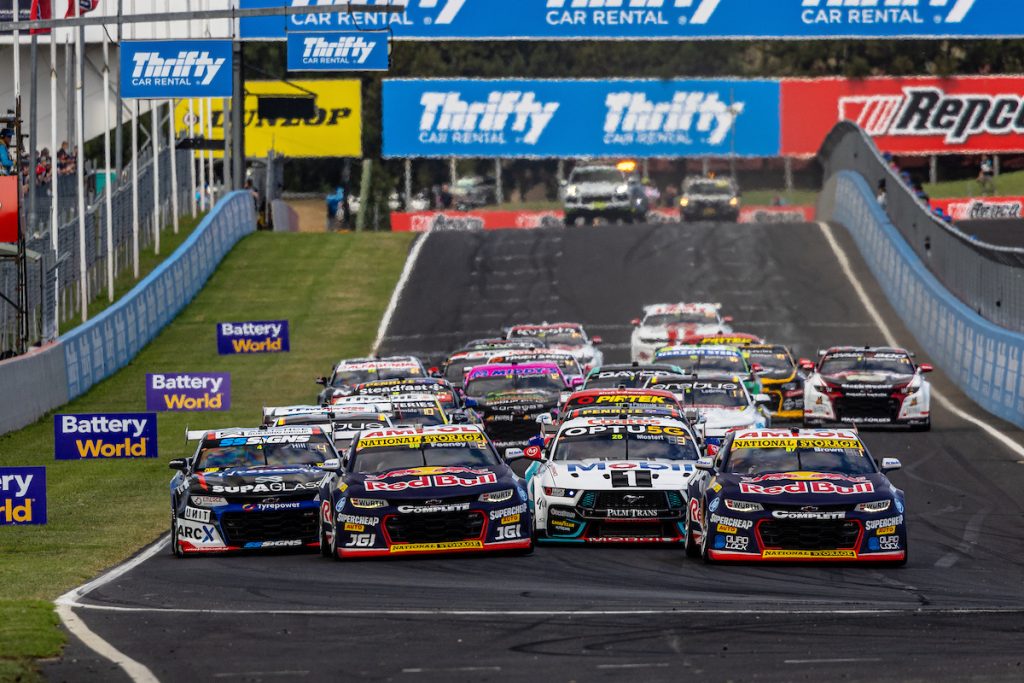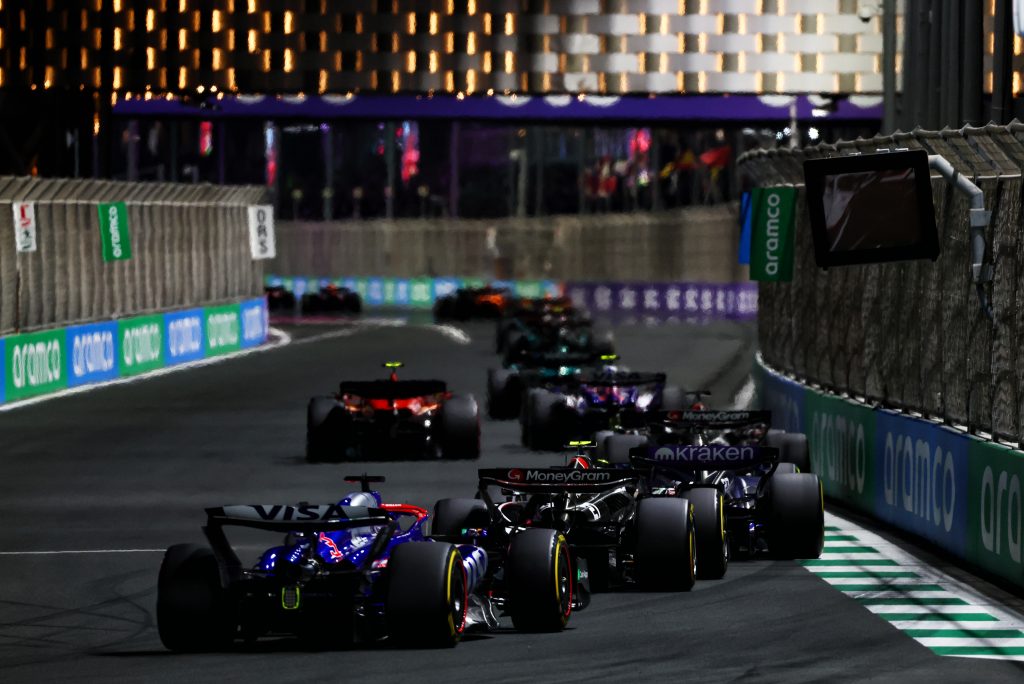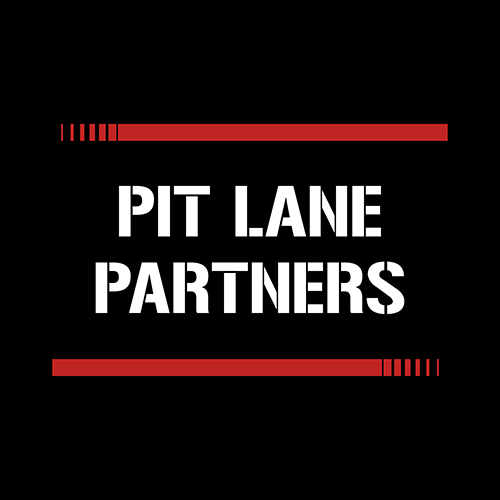

F1, NASCAR and Supercars teams all operate under a charter system of one sort or another, whilst IndyCar doesn’t as yet, but is looking to introduce one.
Formula 1 has the Concorde Agreement that can trace its roots back to 1981 and the outcome of a war between FISA (now the FIA) and the teams. NASCAR introduced its own charter system in 2016 and the Supercars TRC (Teams Racing Charter) is a development of the Teams Licence Agreement from the 1990s.
Now the IndyCar teams are keen to also have a firm contractual tie to IndyCar through a charter system of their own.
Why’s a charter system necessary in the first place? That’s a question that is often asked here in Australia with regard to Supercars by some fans and also some people who don’t have a TRC but might like to be on the grid.
The basic answer is very simple, and it’s tied to the fact that these four classes, from F1 down to Supercars, are really the only four-wheeled circuit-based motorsport categories that produce meaningful and regular media, sponsorship and gate revenue opportunities to the point where it’s possible for teams and organisers to make a profit.
And so, in order to exploit those opportunities, it’s necessary to tie teams and organisers together under a contractual umbrella that ensures a very high degree of certainty for both sides. The teams need to know that there will be good events organised, along with, crucially, television exposure. Meanwhile, the organisers need surety that the teams will turn up with the cars and the drivers to race at every race meeting.
A broadcaster, or indeed a promoter, isn’t going to pay much to a category manager that can’t guarantee that the stars and cars will be on the grid, and in sufficient numbers. And they need them to be there consistently throughout a season, not just turning up for the bigger shows (as was common even in F1 many years ago) such as Daytona or Bathurst.
Not only does a charter agreement lay out the basic terms, like x number of events on one side and the obligation on the teams to turn up on the other side, it also deals with how the income that the organisers receive for media rights, series sponsorship, and promoter fees, is shared with, and distributed amongst, the teams.
Furthermore, a well-constructed charter agreement can also hold a capital value for each team that can rise and fall according to the fortunes of the category. These values encourage longer term investment by teams as well as giving them reason to continue to race even when times are hard. The system has proven to be vital in Supercars over the last decade or so for this reason alone.
Whilst Supercars revenues might be small compared with these other major categories, they’re actually not when looked at on a per head of population basis in the relevant marketplace. F1 has a marketplace of 8 billion (it’s a World championship) and IndyCar plus NASCAR have a marketplace of 340 million. Supercars has, across Australasia, a marketplace of 31 million. On that basis, the media rights for NASCAR are much more valuable than any of the others, but Supercars and F1 aren’t dissimilar, and IndyCar trails a long way behind. So, don’t underestimate the value of Supercars and, as a result, the Supercars TRC, in our own small market.
Critically, only the Supercars TRC is an open-ended contractual arrangement without an end date. The current F1 Concorde Agreement is on foot until the end of 2025 whilst the NASCAR charter system terminates (unless renewed) at the end of 2024.

The Supercars TRC can only be changed with the agreement of 75 percent of the team votes (one per car, with a maximum of two per team regardless of the number TRCs held), whereas the Concorde Agreement and NASCAR Charter could be scrapped by Liberty and NASCAR respectively and renegotiated in their entirety on maturity.
There are rumours emanating from both the F1 paddock and also the NASCAR one about just how heated the negotiations for new contractual agreements are becoming, especially in the case of the latter, which is pertinent given the timing. You can be sure of one thing though; 90 percent of the discussions will be about the size of the pots of dollars coming into both the Liberty and NASCAR coffers and who gets what.
And now, in the IndyCar paddock there are outward signs that all is not going well as the category (under the ownership of Penske Entertainment) and the teams attempt to put together their own charter system.
Given the very chequered history of the premier single-seater category in the USA over the last 30 years, you’d think that, along with the ever present threat of NASCAR and the newly invigorated threat (in the US in particular) from F1, both Penske and the teams would want to get a deal done without delay, present a united front, and promote the hell out of the show.
But, by all accounts, IndyCar has asked teams to pay $1 million for a charter, a temporary one at that. That, naturally in my opinion, has been met with mirth. Michael Andretti was quoted as saying “it was comical.” The teams have invested massively, as in every category, over the years in cars, drivers, infrastructure, and people in order to keep the show on the road. They deserve better.
It’s also ironic that the Penske organisation is on the other side of the fence as teams negotiate a new charter system with NASCAR, a fact that I suspect is not lost on many people in the US.
Charters, or similar contractual arrangements, are crucial to the ongoing success of these four categories. They all need, both organisers and teams, the surety that these agreements bring to the table. They need the events, the crowds, and the television and, to get all those elements, certainty is needed that everyone will turn up to work without exception.
But, at the end of the day, the competitors, the teams, hold the final card.
In F1, teams played that card in 1981 and won. Since then, they’ve threatened to do so again several times but haven’t carried through as settlements have been reached, to the benefit of all.
The complication for NASCAR teams is that the NASCAR organisation controls many of the race venues, although it’s likely that US anti-trust laws might come into play in an impasse.
IndyCar teams, meanwhile, have to remember that the Penske organisation, owners of the category, also owns the Indianapolis Motor Speedway, which, as the CART/Indy split proved several decades ago, is the lynchpin of American single-seater racing.
The bottom line for Supercars teams here in Australia is that they own the cars, the drivers, and the infrastructure needed to go racing. Not only does the TRC not have a sunset date, it also doesn’t need to change unless 75 percent of the teams vote in favour of that. That makes the TRC the most powerful, from a team perspective, of the charters currently in place around the sport.
There can be times when change is necessary but that power shouldn’t be squandered away.
Get the latest NASCAR news, stats and betting insights at MotorRacing.com



















Discussion about this post